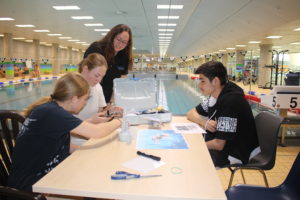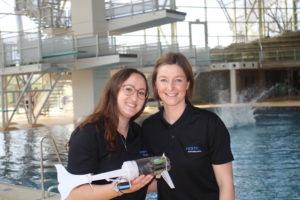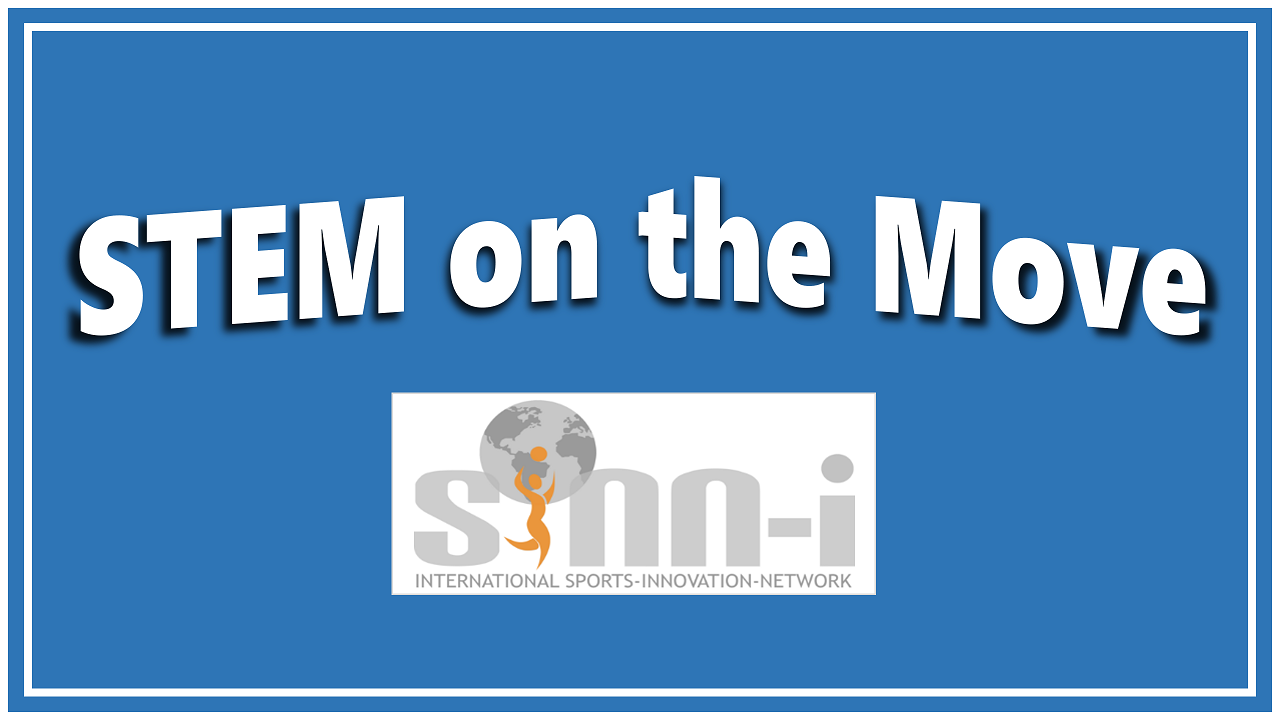(((Deutsche Version)))
Biology and technology meets movement: A concept for movement-based STEM promotion in children and adolescents.
The didactic concept is aimed at students in the 7th grade and above with sufficient swimming skills. Through the experience-oriented learning approach, the motivation for STEM topics is to be awakened and developed – at the same time also for doing sports.
Learning goals:
- Get to know bionics
- To experience natural phenomena in a practical way
- Fun with movement
- Fun with technology
- Combining theory and practice in a playful way
- Interdisciplinary experience-oriented learning (bionics (biology + technology), physics, sports, technology, biology)
Sequence of events: Movement-based STEM learning
After a short joint warm-up on the topic of bionics with practical examples of bionic innovations, the student teams started with the task of building a robotic fish using the Bionics Kit. In the process, components such as servo motors, plastic parts and cable ties were used, and at the end the students were able to control the robotic fish using their own end device. In the process, they learn more background knowledge and virtual assembly instructions with the help of 3D animations and an interactive learning poster. Afterwards, the fastest robotic fish is tested in the pool. After the technology input, the experiments in the water continue. The students go through a total of five stations. At the end, there is a team challenge in which each group builds a raft from utensils such as pool noodles, with which a team member is to be transported from pool edge to pool edge.
Assembling Bionic Fish with the construction kit and the interactive learning poster.


Curriculum references:
- Fins shapes
- Swim bladder
- Marine mammals vs. fish
- Microcontroller
- Fin Ray effect (e.g. Fin Ray construction sheet from Festo Didactic)
Reference:
Robotics and swimming event for students:inside on the occasion of Girls‘ & Boys‘ Day 2022 at the Olympic swimming pool in Munich with 20 SuS (5 teams).
General conditions:
- Duration: approx. 3h
- Premises: Room for approx. 20 students for the assembly of the robot fish, swimming pool
- Number of participants: approx. 20 students
- Previous knowledge: Swimming skills necessary
- Equipment: 5 bionics kits, 1 learning poster, workshop material
- Supervisors: approx. 2 supervisors are needed





